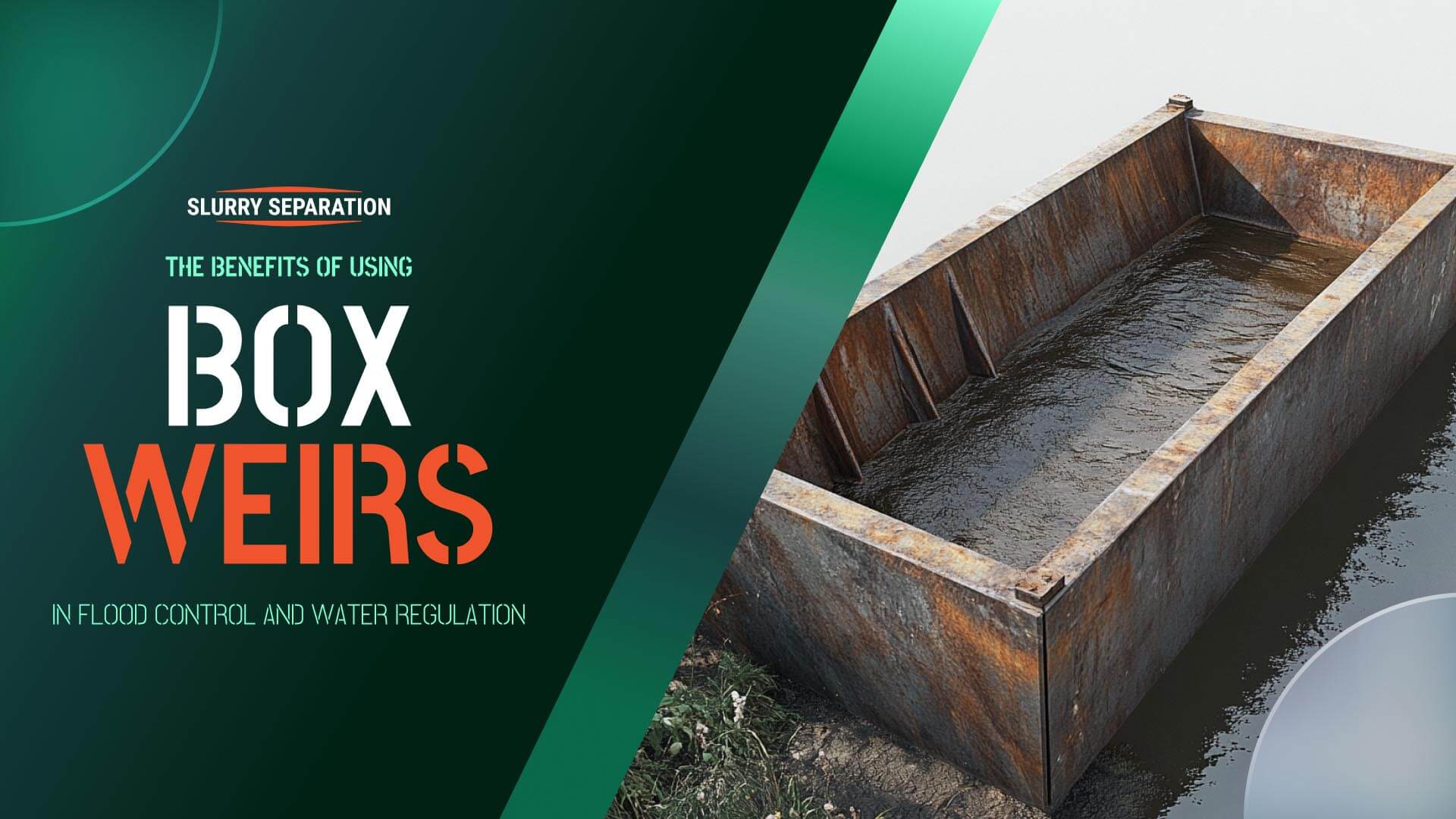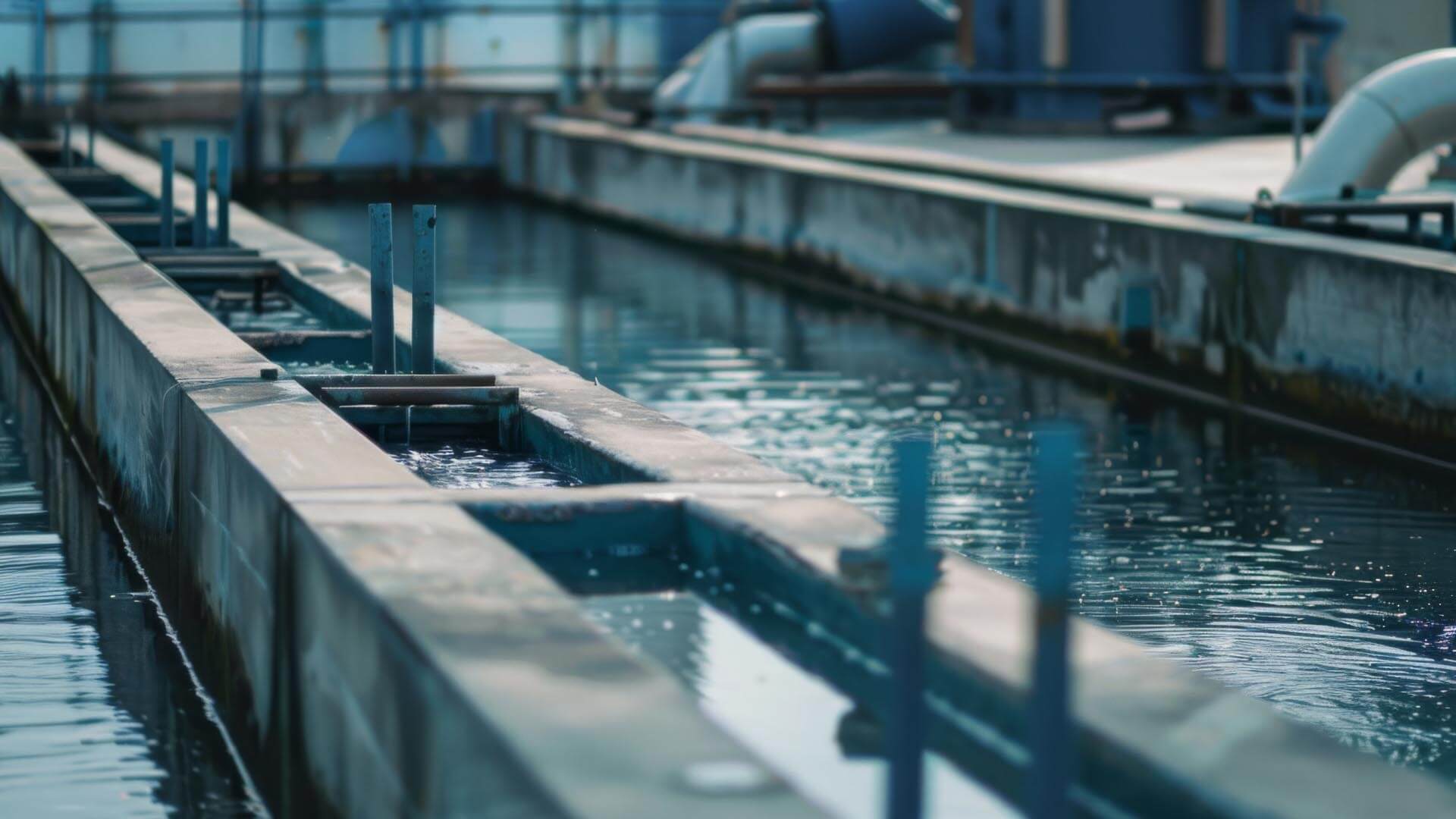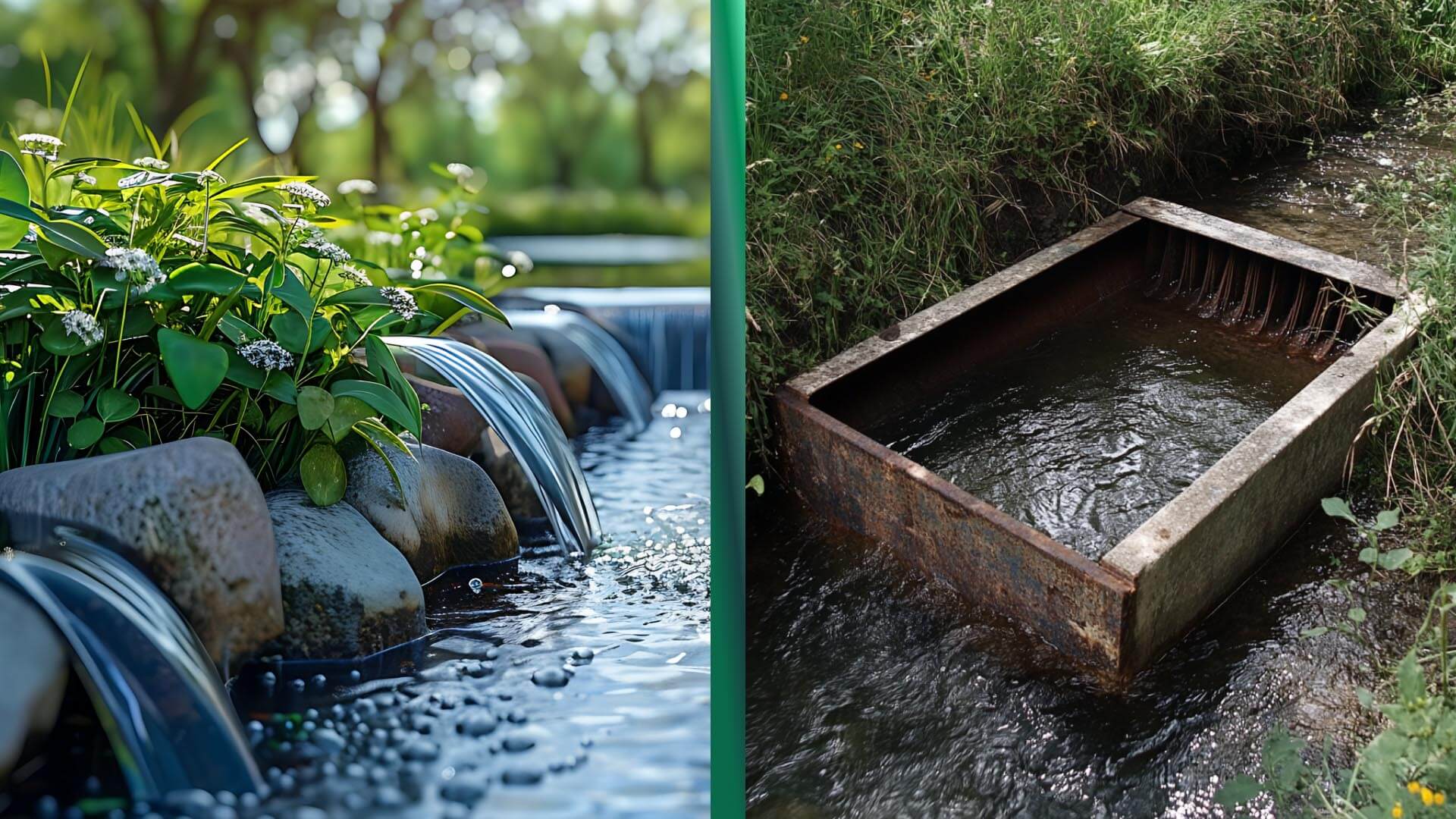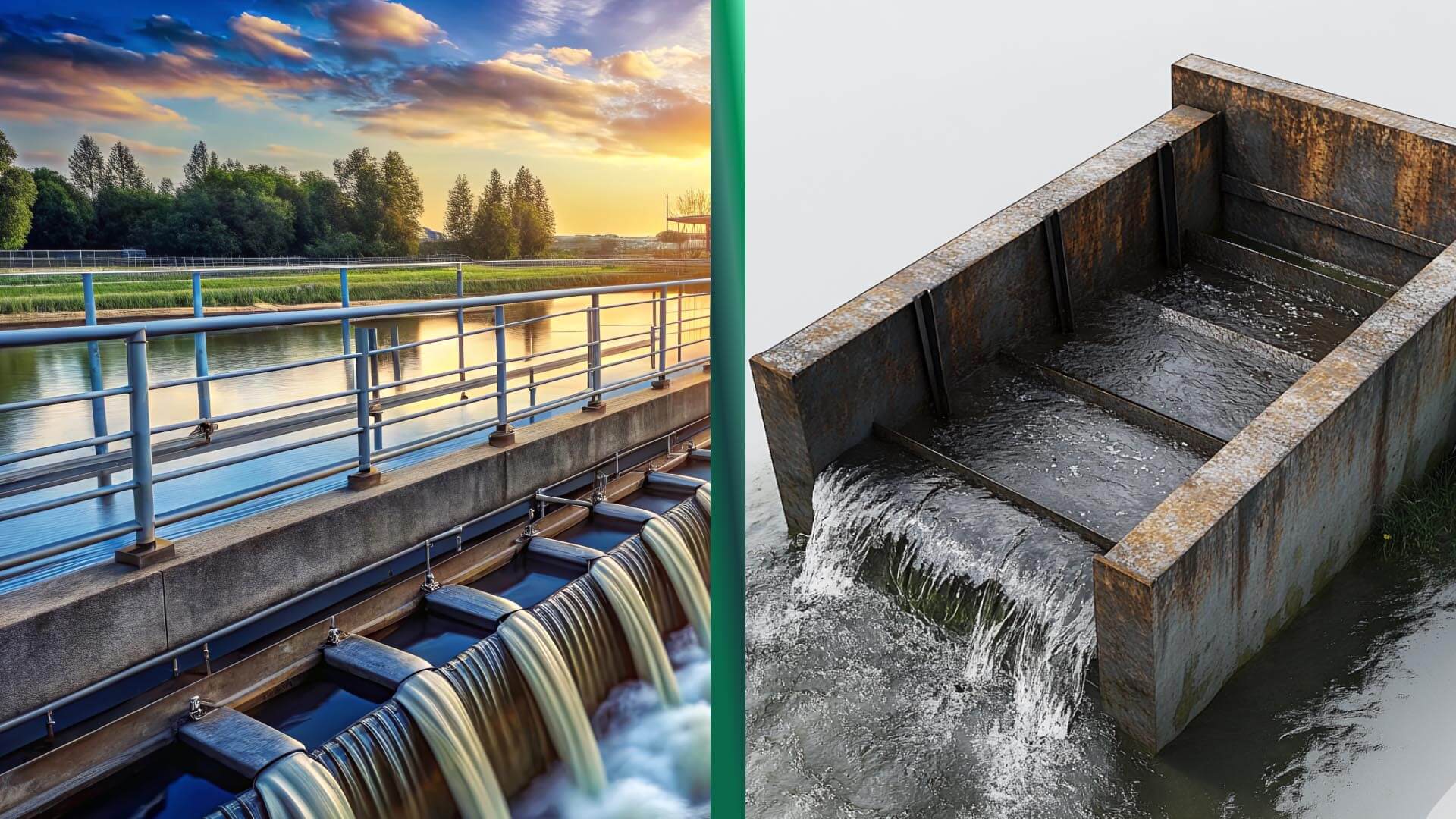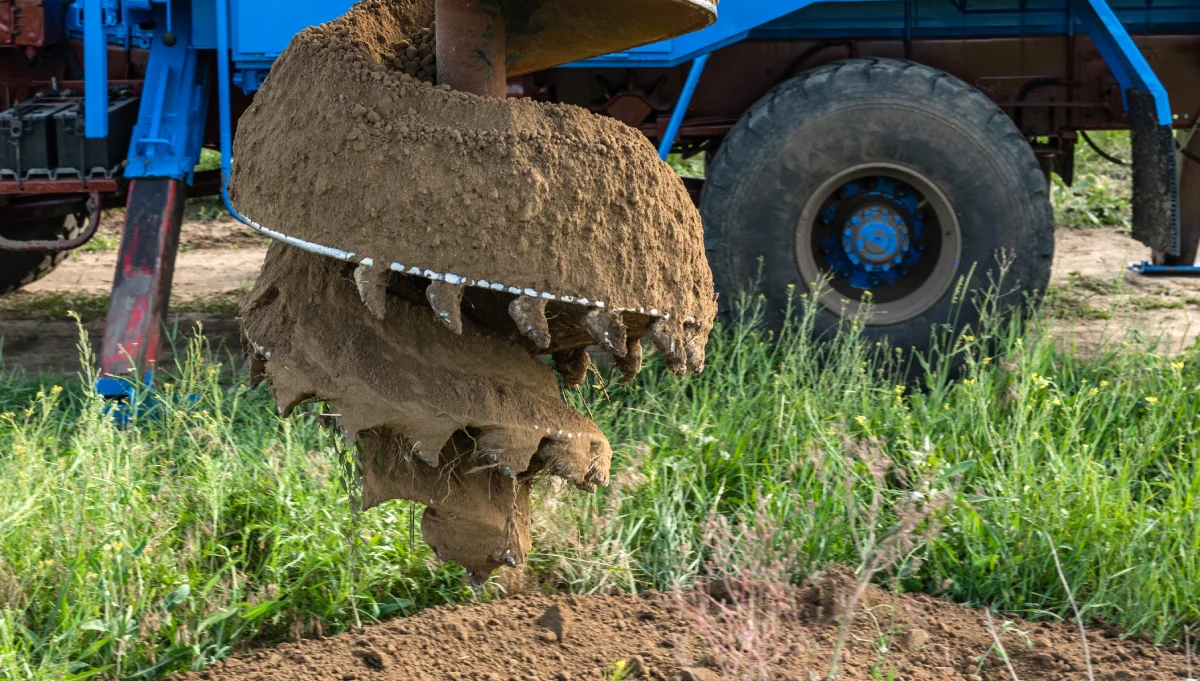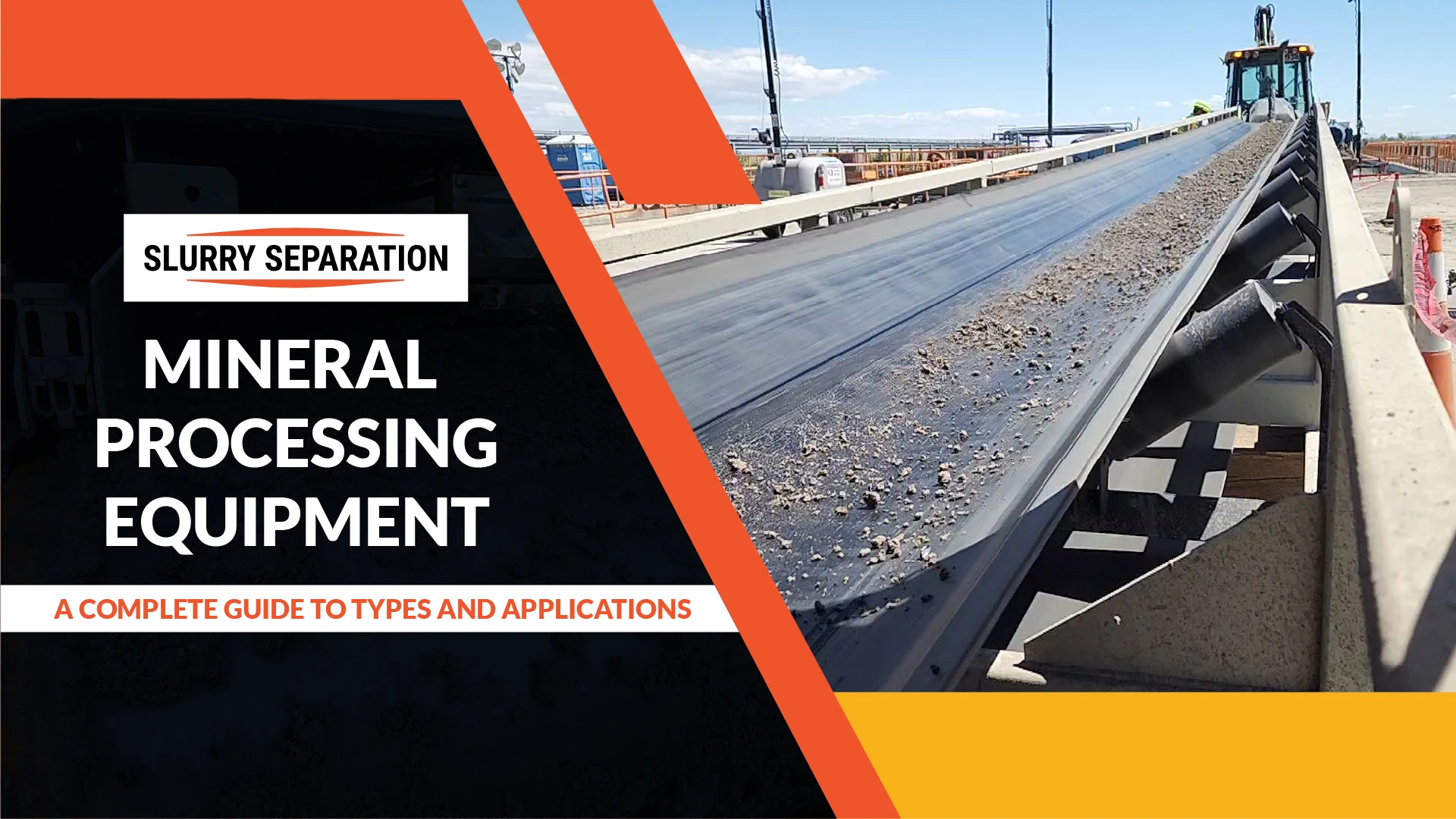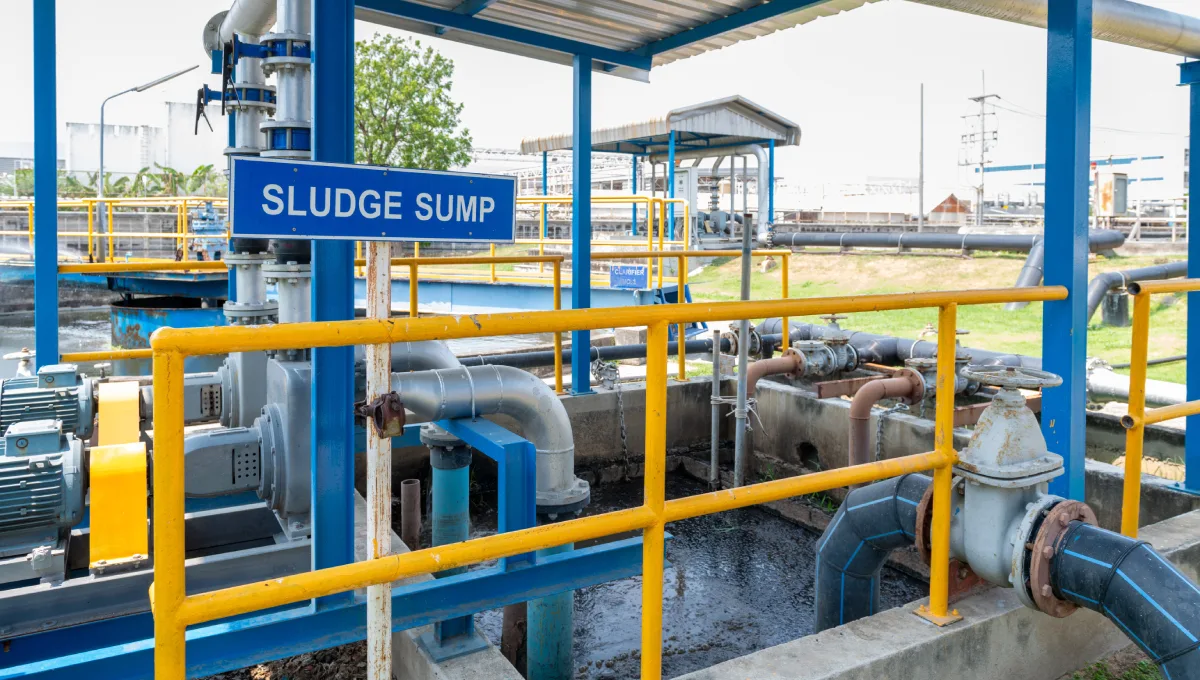Introduction
Water regulation is crucial in flood-prone areas where excessive water flow can wreak havoc on infrastructure, agriculture, and ecosystems. Effectively managing Box water levels and flow helps minimize flood impacts and ensures the sustainable use of water resources. Box weirs, simple yet highly effective structures that manage water flow in both urban and rural areas, are among the most efficient tools for flood control and water regulation.
Box weirs are widely used to regulate water levels, control flow rates, and improve water quality within flood management systems. This article will explore the benefits of using box weirs in flood control and water management and highlight their role in enhancing overall sustainability and environmental protection.
Understanding Box Weirs
Definition and Design
A box weir is a type of weir—a barrier placed across a stream or river—that regulates water flow. Unlike other weirs that may have sloped or curved designs, box weirs are rectangular, allowing for precise control over water flow. This structure is designed to maintain consistent water levels, enabling engineers to manage flow rates accurately, making it essential in flood control.
Common Applications
Box weirs are commonly used in areas prone to heavy rainfall or locations that require detailed water management. These applications range from flood management systems to irrigation weir boxes for agricultural purposes. The versatility of box weirs extends to wastewater treatment plants and environmental restoration projects, where precise control over water levels is required.
Historical Significance
Weirs have been used for centuries to regulate water flow, with ancient civilizations utilizing them for both flood control and irrigation. Over time, box weirs have evolved to offer modern features that provide more accurate water flow control. As industries and cities have developed more sophisticated water management systems, box weirs have become a critical component in sustainable water regulation.
Efficient Water Flow Management
Controlling Water Levels
A key advantage of box weirs is their ability to maintain consistent water levels, especially in flood-prone areas. By regulating the amount of water that flows through the weir box, box weirs prevent sudden surges of water that could overwhelm infrastructure and flood defenses. Their precise control makes them ideal for mitigating the risk of flooding.
Reducing Water Velocity
Another important function of box weirs is their ability to slow down water velocity. By reducing the speed at which water flows through a system, box weirs help minimize erosion and damage to riverbanks, embankments, and surrounding infrastructure. This reduction in water velocity also helps prevent sediment displacement, which can harm downstream ecosystems.
Adapting to Varying Flow Conditions
Box weirs are highly adaptable and suitable for both high and low water flows. During periods of heavy rainfall, they can be adjusted to release excess water safely. Conversely, during drier seasons, they help retain water to ensure adequate downstream flow for ecosystems and communities. This adaptability is particularly useful in irrigation weir boxes, where controlled water distribution is vital for crop health.
Flood Control Capabilities
Early Flood Warning
By integrating box weirs into early flood warning systems, communities can monitor water levels upstream and control water flow downstream. This functionality allows for the timely detection of potential flooding, giving local authorities a chance to take proactive measures such as evacuations or reinforcing flood defenses.
Diverting Excess Water
In flood management, diverting excess water is critical to preventing damage to infrastructure. Box weirs can direct water away from high-risk areas into designated flood zones or storage areas, where it can be safely released over time. This capability is crucial in flood-prone regions to avoid the overflow of rivers and reservoirs.
Integration with Flood Defense Systems
Box weirs are often integrated with other flood defense systems, such as levees, dams, and retention ponds. By working in conjunction with these structures, box weirs help create a comprehensive flood control strategy that can be tailored to specific geographic and environmental needs.
Enhancing Water Quality
Sediment Control
One of the benefits of box weirs is their ability to trap sediment and debris, improving the quality of water downstream. By controlling water flow, box weirs reduce the amount of sediment that enters rivers and streams, protecting aquatic ecosystems and ensuring clean water for human use.
Pollution Filtration
In addition to sediment control, box weirs can filter out pollutants, such as chemicals and debris, that may otherwise contaminate water sources. This filtration process ensures that the water used for drinking, irrigation, or industrial purposes remains safe and meets regulatory standards. This is especially important in systems using irrigation weir boxes, where water quality directly affects crop health and agricultural productivity.
Promoting Natural Habitat Growth
The controlled flow of water enabled by box weirs creates stable environments for plant and animal life. Steady water levels benefit aquatic ecosystems, supporting habitat growth and protecting wildlife from the damaging effects of floods and erosion.
Cost-effectiveness and Durability
Long-Term Investment
Box weirs provide a long-term solution to flood control and water regulation. Their simple design and durable construction mean they require minimal maintenance, reducing long-term costs. Additionally, box weirs offer reliability over extended periods, ensuring flood protection and water management with little risk of malfunction.
Durable Materials
Box weirs are constructed from durable materials such as reinforced concrete or stainless steel and designed to withstand harsh environmental conditions. Whether exposed to extreme temperatures, heavy rainfall, or fluctuating water levels, they maintain their structural integrity, offering long-lasting performance in flood control systems.
Minimal Maintenance
Compared to other water regulation structures, box weirs require minimal maintenance. Their straightforward design allows for easy inspections and quick repairs, ensuring they remain functional with little downtime or expense.
Flexibility in Design and Installation
Customization for Specific Needs
Box weirs can be customized to fit a region’s specific needs. Whether they are installed in an urban flood zone or a rural irrigation system utilizing irrigation weir boxes, the design of the box weir can be tailored to accommodate unique flow rates, water levels, and environmental factors.
Ease of Installation
Compared to other complex water regulation structures, box weirs are relatively easy to install. This makes them a practical choice for emergency flood control projects, where quick deployment is critical to protect communities and infrastructure.
Scalability
Box weirs are scalable, making them suitable for both small-scale and large-scale flood control projects. Their design can be adapted to fit the needs of minor irrigation systems or major urban water management projects, offering versatility in water regulation.
Environmental Benefits
Supporting Ecosystem Balance
Box weirs help maintain balanced ecosystems by regulating water flow and preventing excessive water accumulation. Controlled water distribution ensures that aquatic life can thrive without the risk of flooding or drought conditions.
Natural Floodplain Management
Box weirs also contribute to natural floodplain management. By distributing water in a controlled manner, box weirs encourage the healthy development of floodplains and wetlands, preserving these vital ecosystems while preventing erosion and land degradation.
Reducing Human Impact
Box weirs offer a more environmentally sensitive approach to flood control than larger, more invasive infrastructure projects like dams. By minimizing the need for significant construction, they reduce human impact on natural landscapes, supporting a more sustainable approach to water management.
Conclusion
Box weirs provide a reliable, cost-effective, and environmentally friendly solution for flood control and water regulation. Their ability to manage water flow, enhance water quality, and support ecosystem balance makes them an essential tool in modern water management systems. Incorporating box weirs into future flood defense strategies will help communities better protect themselves from the dangers of flooding while promoting sustainable water regulation practices and overall ecosystem health.

